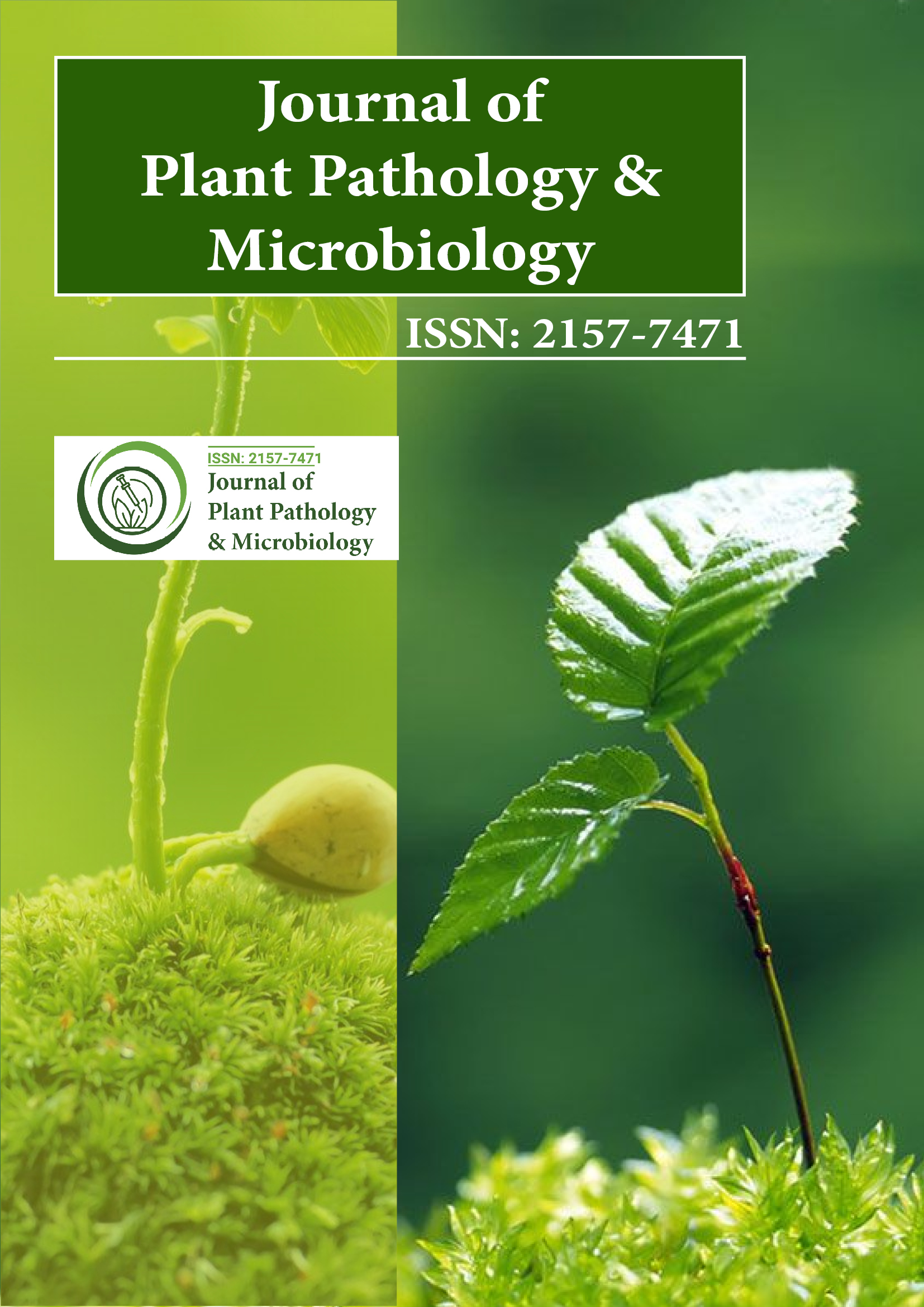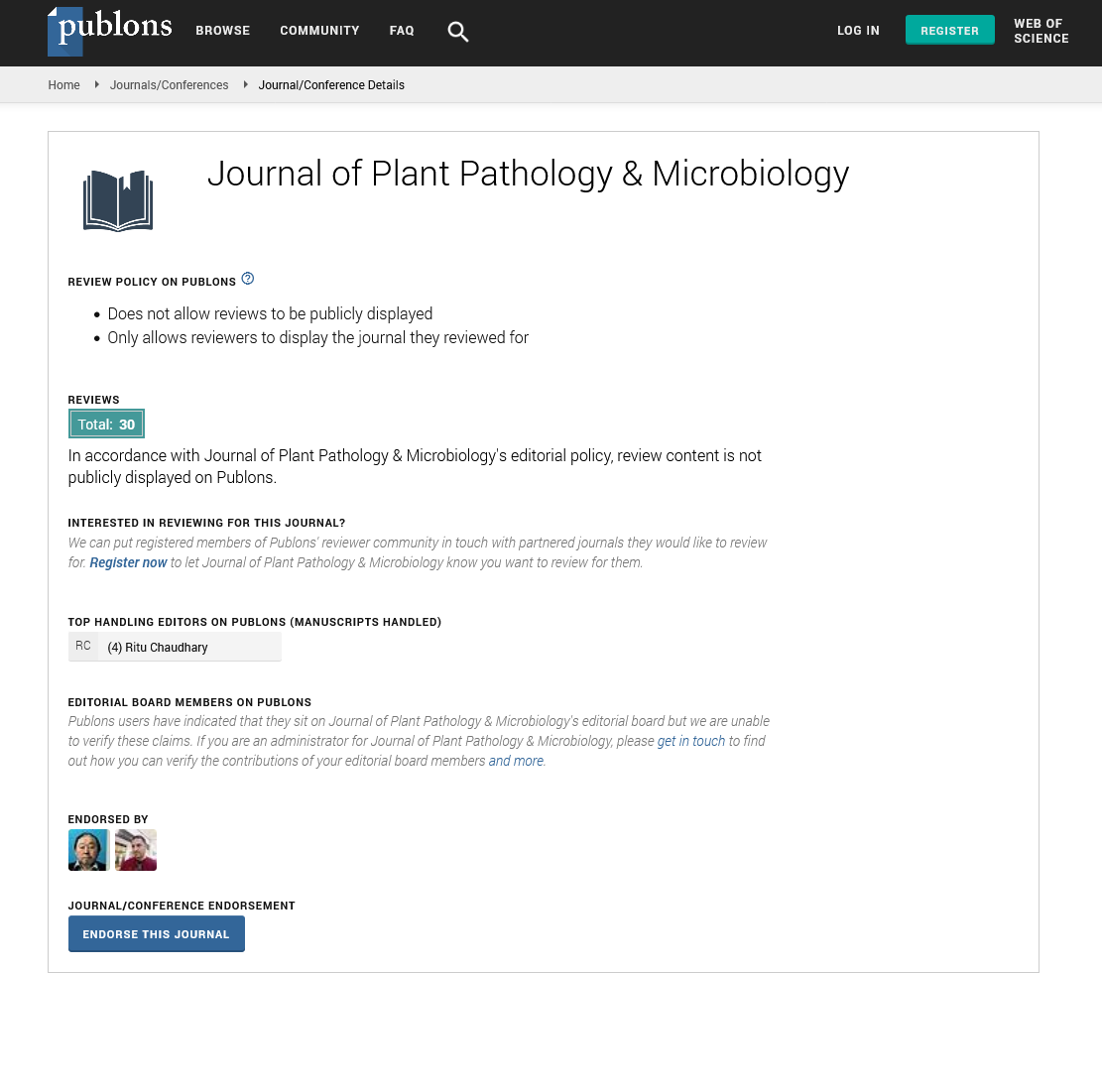PMC/PubMed Indexed Articles
Indexed In
- Open J Gate
- Genamics JournalSeek
- Academic Keys
- JournalTOCs
- CiteFactor
- Ulrich's Periodicals Directory
- Access to Global Online Research in Agriculture (AGORA)
- Electronic Journals Library
- Centre for Agriculture and Biosciences International (CABI)
- RefSeek
- Directory of Research Journal Indexing (DRJI)
- Hamdard University
- EBSCO A-Z
- OCLC- WorldCat
- Scholarsteer
- SWB online catalog
- Virtual Library of Biology (vifabio)
- Publons
- Geneva Foundation for Medical Education and Research
- Euro Pub
- Google Scholar
Useful Links
Share This Page
Journal Flyer

Open Access Journals
- Agri and Aquaculture
- Biochemistry
- Bioinformatics & Systems Biology
- Business & Management
- Chemistry
- Clinical Sciences
- Engineering
- Food & Nutrition
- General Science
- Genetics & Molecular Biology
- Immunology & Microbiology
- Medical Sciences
- Neuroscience & Psychology
- Nursing & Health Care
- Pharmaceutical Sciences
Opinion Article - (2024) Volume 15, Issue 3
Plant Immune Receptors and their Role in Defense Against Fungal Pathogens
Received: 30-Aug-2024, Manuscript No. JPPM-24-28218; Editor assigned: 02-Sep-2024, Pre QC No. JPPM-24-28218 (PQ); Reviewed: 16-Sep-2024, QC No. JPPM-24-28218; Revised: 23-Sep-2024, Manuscript No. JPPM-24-28218 (R); Published: 30-Sep-2024, DOI: 10.35248/2157-7471.24.15.735
Description
Plants have evolved a complex immune system to defend against a wide range of pathogens, including fungal infections. One of the key components of this immune system is the plant’s immune receptors. These receptors are proteins located on the surface of plant cells or within the cell that recognize specific molecules produced by pathogens. In the case of fungal pathogens, plant immune receptors play a critical role in detecting the presence of fungi and triggering defense responses that limit the spread of the infection. Understanding the role of these receptors in plant defense is essential for developing strategies to improve disease resistance in crops.
Plant immune receptors are divided into two main classes: Pattern Recognition Receptors and Nucleotide-binding Leucine- Rich Repeat (NLR) receptors. PRRs are part of the plant’s first line of defense and are responsible for recognizing Pathogen- Associated Molecular Patterns (PAMPs), which are conserved molecules found in a wide range of pathogens, including fungi. PAMPs can include components of fungal cell walls, such as chitin, glucans and other polysaccharides. When PRRs bind to these PAMPs, they activate PAMP-Triggered Immunity (PTI), which is an early defense response that involves the activation of defense-related genes, the production of antimicrobial compounds and the strengthening of cell walls to limit pathogen spread.
On the other hand, NLR receptors are involved in a more specific and robust immune response called Effector-Triggered Immunity (ETI). ETI is activated when the plant recognizes specific proteins, called effectors, secreted by the pathogen. These effectors are often produced by fungi to manipulate the plant’s cellular processes and promote infection. When the plant detects these effectors through its NLR receptors, it initiates a stronger immune response, which can include the activation of hypersensitive cell death at the infection site to limit pathogen growth. This localized cell death serves to create a barrier, preventing the fungus from spreading to healthy tissue.
Fungal pathogens produce a wide variety of effector proteins that help them infect plants. These effectors can suppress the plant’s immune response, alter plant cellular processes, or break down plant defense. In response, plants have evolved NLR receptors that can specifically recognize these effectors and trigger ETI. The recognition of fungal effectors by NLR receptors is often very specific, meaning that different fungal species or strains may require different NLR receptors for detection. As a result, plants need a diverse set of NLR receptors to defend against various fungal pathogens.
In addition to the basic functions of PRRs and NLRs, many plant immune receptors are also involved in regulating the plant’s immune response. For example, some receptors act as negative regulators to ensure that the plant’s immune response is balanced and does not become too excessive. This is important because an overly strong immune response can be detrimental to the plant, causing damage to its own tissues. These regulatory mechanisms help the plant maintain a delicate balance between defending itself against pathogens and avoiding excessive tissue damage.
The role of plant immune receptors in fungal defense is also influenced by other factors, such as the plant’s genetic makeup and environmental conditions. For instance, different plant varieties may possess different immune receptors or variations of the same receptor, which can affect their ability to detect and respond to fungal pathogens. Additionally, environmental factors like temperature, humidity and soil conditions can influence the effectiveness of the immune receptors. Some fungal pathogens are able to adapt to these environmental changes, making it even more important for plants to have a flexible and responsive immune system.
In agriculture, understanding plant immune receptors and how they function in defense against fungal pathogens is main for developing disease-resistant crops. By identifying and characterizing the immune receptors involved in fungal resistance, scientists can create plants with enhanced immunity to specific fungal diseases. This can be achieved through traditional breeding techniques or by using genetic engineering tools like CRISPR-Cas9 to introduce specific immune receptors into crops. For example, some crops have been genetically modified to contain additional NLR receptors, increasing their ability to recognize and respond to fungal pathogens.
Citation: Olivia V (2024). Plant Immune Receptors and their Role in Defense against Fungal Pathogens. J Plant Pathol Microbiol. 15:735.
Copyright: © 2024 Olivia V. This is an open access article distributed under the terms of the Creative Commons Attribution License, which permits unrestricted use, distribution, and reproduction in any medium, provided the original author and source are credited.

